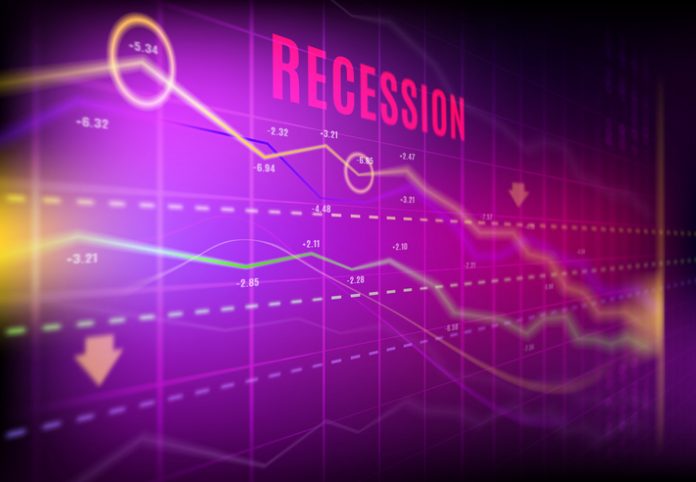The decline in longer-term interest rates means investors believe there will be a sharp downturn in the economy and significant progress on inflation. With the Fed draining money from the economy and planning to push interest rates still-higher, an economic slowdown looks very likely.
The Week That Was
Today’s report on November producer prices shows little relief from high inflation on a monthly basis and no relief from high year-over-year inflation.
Other economic numbers remain mixed. The Fed of Atlanta model uses current economic data to estimate real growth. The data show fourth quarter real growth at a 3.4 percent annual rate.
This week’s November ISM business survey confirms strong growth among service companies as well as strong new orders. Incomes associated with service companies make up 70 percent of our economy’s economic activity.
In contrast, other indicators are showing a decline. For the third consecutive month, an alternative S&P November business survey of service companies shows a decline in service company activity. Other indicators, including manufacturing and data on shipping volumes, also confirm declines in business activity.
Despite conflicting current economic signals, we forecast a downturn in business activity beginning in the first half of 2023. The magnitude of the decline and its duration depend on future Fed policy and outside forces, such as the war in Ukraine and domestic issues in China.
Weekly unemployment reports continue to point to a softening in labor markets. Insured
unemployment payments rose to 1.67 million, the highest since March. Initial unemployment claims continue to hold up better. The average for the four weeks ending on December 3rd was only slightly above the 200,000 to 250,000 range of the past seven months.
Things to Come
Tuesday’s November CPI report is likely to point to an easing of inflation. Most commodity prices were down in the month, and businesses continue to report less inflationary pressure.
The monthly CPI in November 2021 increased at a 9 percent annual rate and the core CPI was at a 6.5 percent rate. Assuming the CPI number for this November is lower, the year-over-year inflation rates will continue to decline. Even so, annual inflation will remain in the 4 percent to 6 percent range.
Thursday’s reports on November retail sales and industrial production are likely to be subdued. Retail sales increased at a 5 percent annual rate in October, and we expect a similar increase in November. Manufacturing output should be flat to down, conforming to business surveys that point to a monthly decline.
Money, Money, Money
The major upcoming development in economic policy is Wednesday’s Federal Reserve meeting. There is widespread expectation the Fed will raise the fed funds rate by 0.5 percent, to 4.25 percent to 4.5 percent. In addition, we expect the Fed to reiterate its intention to maintain a restrictive monetary policy until inflation is consistent with its longer-term target of 2 percent.
Market Forces
The 3 percent decline in stock prices this week more than offset last week’s increases. As often happens, most stock indexes ran into resistance at their 200-day moving averages.
The Dow is the exception. It broke above its 200-day average a month ago and has remained well above that key indicator. In this bear market, the Dow has been the best performing index. The Dow is only 8 percent below its peak, as compared to small-cap ETFs and the Nasdaq, which are 20 percent to 30 percent below their peaks. The S&P500 is 17 percent below its peak.
There was little significant economic news moving the markets. Instead, it appears investors are concerned about next week’s expected increase in short-term rates.
The 10-year T-note remained at 3.5 percent. Shorter-term rates were higher, with yields on the three-month T-bill and two-year T-notes at 4.3 percent. Hence, the yield curve is consistent with the fed funds rate expected peak at 4.3 percent next week.
In contrast, futures markets anticipate a peak of 5 percent in the spring. Our forecast is more in line with the futures market than the yield curve.
Our model, which assumes higher short- and longer-term rates going higher, has the S&P500 overvalued by 24 percent. An alternative model using current interest rates has the S&P500 close to fair value.
With the Fed draining money from the economy, with an anticipated economic downturn ahead, and with the potential for still higher interest rates, we remain reluctant to buy stocks.
Outlook
Economic Fundamentals: negative
Stock Valuation: S&P 500 overvalued by 24 percent
Monetary Policy: restrictive
For more Budget & Tax News articles.
For more from The Heartland Institute.











